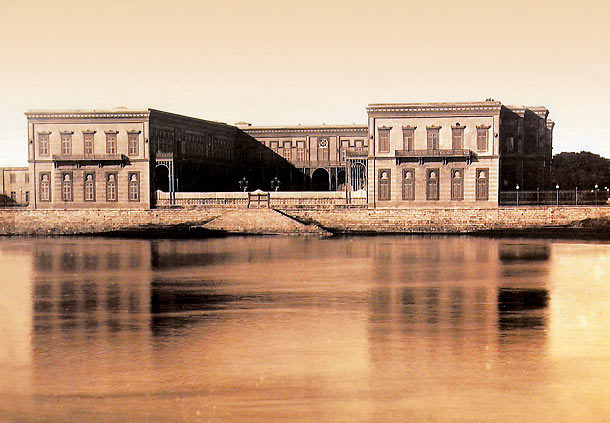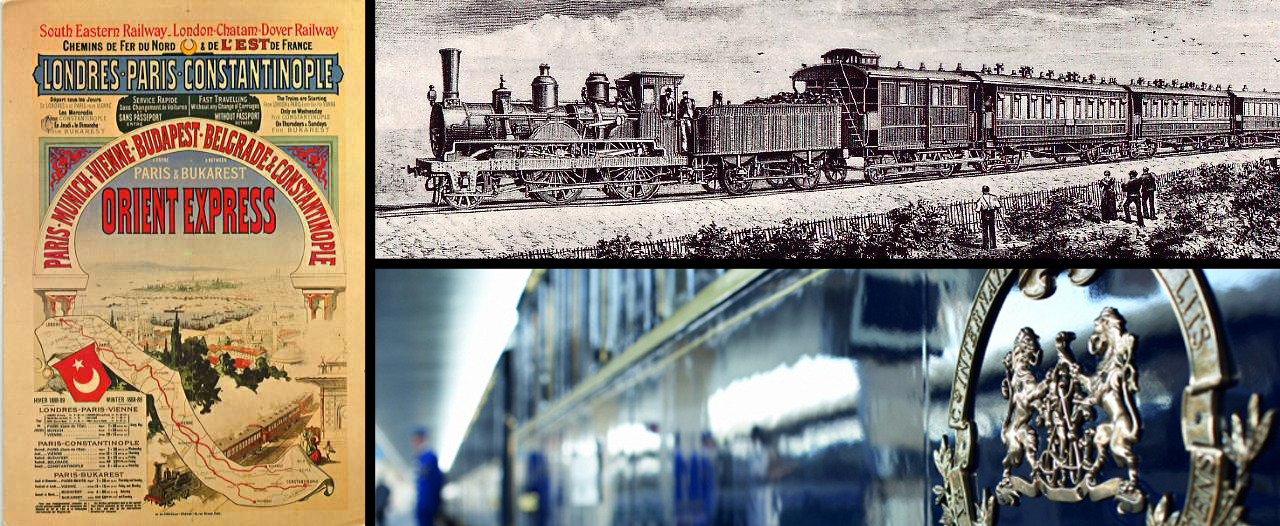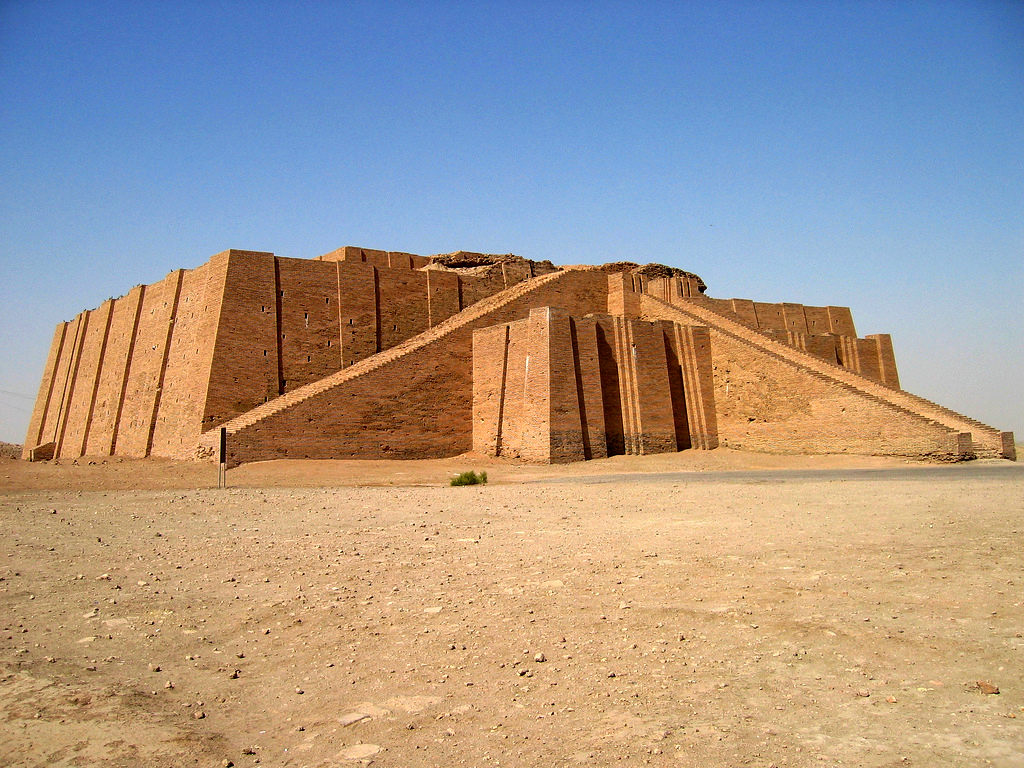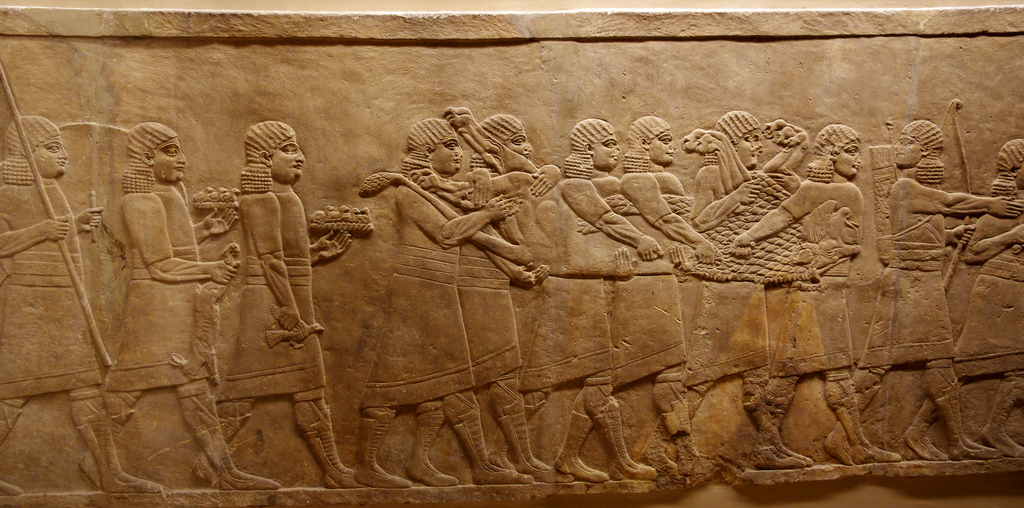By Islam El Shazly
Throughout the ages, Egypt has seen her fair share of foreign celebrities, philosophers, Scientists, and state men and women; from Herodotus to Caesar, from Napoleon to Churchill, and from Homer to Agatha Christie and beyond.
The Queen of suspense gets her fair share of the pie though; her visits to Egypt, the Levant and Mesopotamia spawned some of the best, most memorable tales of crime and suspense, with a backdrop of archaeology and history of days gone by and history in the making.
For the most part, she does not need any introduction, but for the uninitiated here is a quick note about her: Dame Agatha Mary Clarissa Christie, DBE (née Miller; 15 September 1890 – 12 January 1976) was a British crime writer of novels, short stories, and plays. She also wrote romances under the name Mary Westmacott, but she is best remembered for her 66 detective novels and more than 15 short story collections, most of which revolve around the investigations of such characters as Hercule Poirot, Miss Jane Marple and Tommy and Tuppence. [Wikipedia]
Back in the day, 1910 that is, Egypt was part of the British Empire, but it was more than that, it was where the rich and famous came to get away from the hectic life of Europe, it was prescribed as a convalescence for its fresh healthy air, and it was the premium tourist destination with all the charm and mystery of near east. Places like Cairo and Alexandria were fashionable with numerous Society functions taking place in palaces and hotels at any given time of the year.

Al Gezirah Palace by the Nile was built by Khedive Ismail of Egypt in 1869 to host the French Empress Eugenie who was invited by the Khedive to attend the opening ceremony of the Suez Canal.
It would be here that a 17 year old Agatha Christie would come with her mother, and her first Society season would be spent in fashionable Cairo. Most of her trip was dedicated to the social whirl of dances, races and polo that was typical of the time, but the atmosphere of Egypt would leave a lasting impression. They stayed for three months at the Gezirah Palace Hotel, spending much of the time attending social functions in search for a potential husband – very in vogue back then. She never found love in Egypt, but she found it not too long after returning to England, where she met and married her first husband Archibald Christie.
“Cairo, from the point of view of a girl, was a dream of delight” Agatha Christie, An Autobiography, Part IV, p.165
Her appreciation for archaeology and ancient cultures and history evident in her writings would not manifest for another 20 or so years after her first trip to Egypt, when her mother tried to “broaden” her mind by taking occasional visits to museums and an attempt at a trip up the Nile; an attempt that ultimately failed due to Agatha’s enthrallment with the high life in Cairo with all its decadence at the time.
“Mother tried to broaden my mind by taking me occasionally to the Museum, and also suggested we should go up the Nile and see the glories of Luxor. I protested passionately, with tears in my eyes, ‘Oh no, mother, oh no, don’t let’s go away now. There’s the fancy dress dance on Monday, and I promised to go on a picnic to Sakkara on Tuesday…’ and so on and so forth. The wonders of antiquity were the last thing I cared to see, and I am very glad she did not take me. Luxor, Karnak, the beauties of Egypt, were to come upon me with wonderful impact about twenty years later. How it would have spoilt them for me if I had seen them then with unappreciative eyes.” Agatha Christie, An Autobiography, Part IV, p.168
Back in England, war loomed on the horizon, and not too long after her marriage to Archie Christie it did. England went to war. Agatha worked a nurse in London, while her husband was at the frontlines in France, she would later become an apothecary, and it was then, surrounded by all the poisons that she started on her first detective novels. The Mysterious Affair at Styles was completed in 1916 but would not be published until 1920.
Agatha’s travels would greatly influence her writings and her books, her fondness and love of discovery would evolve into a love of archaeology that would greatly influence her detectives, who in a way are archaeologists in their own capacity; they piece together pieces of the past in order to solve a crime.

Clockwise from left: Poster advertising the Winter 1888–89 timetable for the Orient Express [Wikipedia], Etching of the first Orient Express in 1883 [Wikipedia], One of the original carriages lovingly restored now in service on the Venice-Simplon-Orient-Express.
In 1928, she returned to the East, fulfilling a lifelong ambition to travel on the Orient Express to Baghdad. And on a return trip from Nineveh in 1931 she was stranded on the Simplon-Orient Express when wet weather washed part of the track away, and thus Murder on the Orient Express was born.
“The lure of the past came up to grab me. To see a dagger slowly appearing, with its gold glint, through the sand was romantic. The carefulness of lifting pots and objects from the soil filled me with a longing to be an archaeologist myself.” Agatha Christie, An Autobiography, Part VIII, p.371
On a return trip to Baghdad, at an excavation site at Ur in 1930, she met her future husband, Sir Max Mallowan, a distinguished archaeologist, and her life would be transformed forever. For the next 30 years she accompanied him on archaeological digs in the Middle East, sleeping on site in the exhibition house. She loved the simplicity of desert life and threw herself into the investigation of ancient civilisations. She developed the photographs on the early excavations and later photographed the digs herself. She also worked on the restoration and labelling of ancient exhibits; cleaning and conserving the delicate ivory pieces. She was, in her lifetime, one of the most informed women in the world in the archaeological field. [Agatha Christie]

The Ziggurat at Ur. Most of the third level, the temple, and the arch at the top of the staircase have collapsed, but most of it remains standing. By Joshua McFall (jmcfall), Flickr.
Agatha Christie continued to write her detective novels on location and many of her best-loved novels were informed by direct observation of life on her travels. The actual layout of the Nile steamer SS Karnak is crucial to the plot of Death on the Nile. The excavations in Ur inspired Murder in Mesopotamia which she dedicated to “my many archaeological friends in Iraq and Syria”. The atmospheric description in Appointment with Death was based on her visits to Petra. In They Came to Baghdad the heroine talks about her experience on a dig in Southern Mesopotamia. [Agatha Christie]
Although her characters and stories were works of fiction, their settings were very real.
“Many years ago, when I was once saying sadly to Max it was a pity I couldn’t have taken up archaeology when I was a girl, so as to be more knowledgeable on the subject, he said, ‘Don’t you realize that at this moment you know more about prehistoric pottery than any woman in England?” Agatha Christie, An Autobiography, Part XI, p.515

Hunting Scene From Assyrian Palace at Nimrud. Photo taken in the British Museum, London. By Ken and Nyetta, Flickr.
She would spend 3–4 months at a time in Syria and Iraq at excavation sites at Ur, Ninevah, Tell Arpachiyah, Chagar Bazar, Tell Brak, and Nimrud.
Later after WWII, she chronicled her time in Syria with fondness in Come Tell Me How You Live. Anecdotes, memories, funny episodes, are strung in a rough timeline, with more emphasis on eccentric characters, lovely scenery, than factual accuracy. [Wikipedia]
Agatha and Max would not return to the Middle East until 1964 Agatha, while there they end up in Egypt for a holiday in March of that year.
Agatha’s work still lives on, according to her estate her work is the third widely published in the world, and her work always manages to capture our imagination of a golden age of fiction and troubled times in the world. She was, however, the product of her times; her characters were very stereotyped, they were always described from the point of view of a British during the height of the British Empire. But they remain great works of fiction that still inspire up-and-coming crime writers and movie makers alike.
“The longing to write my autobiography assailed me suddenly at my ‘house’ at Nimrud, Beit Agatha.
I have looked back to what I wrote then and I am satisfied. I have done what I wanted to do. I have been on a journey. Not so much a journey back through the past, as a journey forward–starting again at the beginning of it all–going back to the Me who was to embark on that journey forward through time. I have not been bounded by time or space. I have been able to linger where I wanted, jump backwards and forwards as I wished.
I have remembered, I suppose, what I wanted to remember; many ridiculous things for no reason that makes sense. That is the way we human creatures are made.” Agatha Christie, An Autobiography, Epilogue, p.522
——————————————————————
You can find Agatha Christie’s Books inspired by her travels and archaeology in this post: 15 Exceptional Travel Reads
Her autobiography as well as her accounts of Syria are available at Amazon: Agatha Christie, An Autobiography and Come, Tell Me How You Live: An Archaeological Memoir
For more information about the Queen of Mystery’s life visit: the Official information and community website
Featured photo: Montblanc Agatha Christie by 2careless on Flickr. Photo license: ![]()
![]()
![]() Some rights reserved
Some rights reserved









Trackbacks for this post